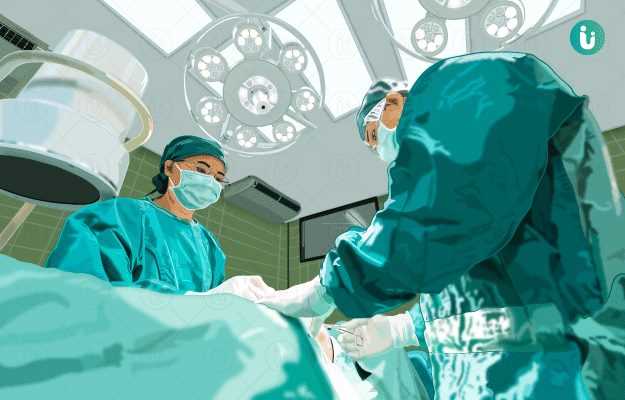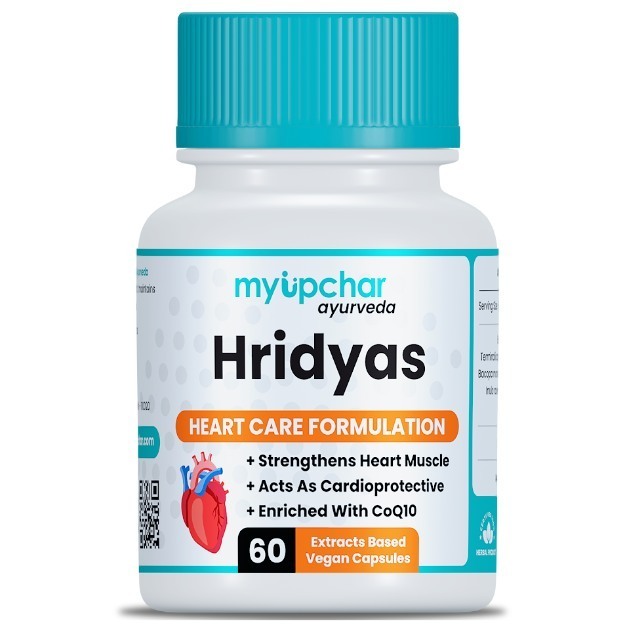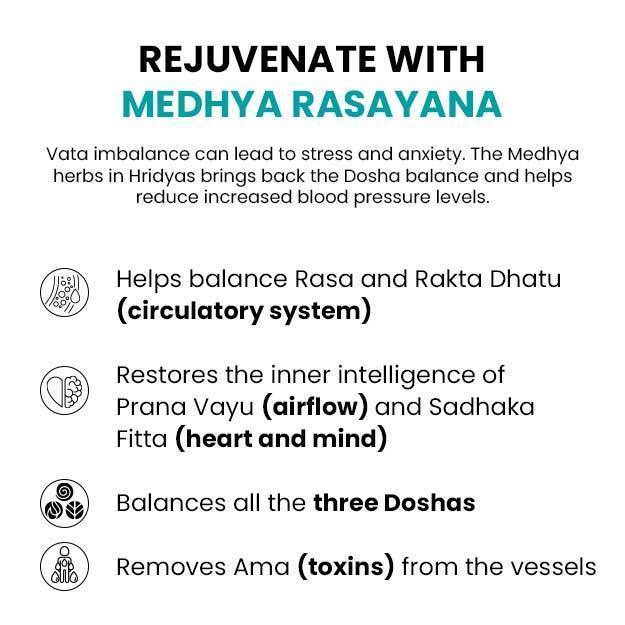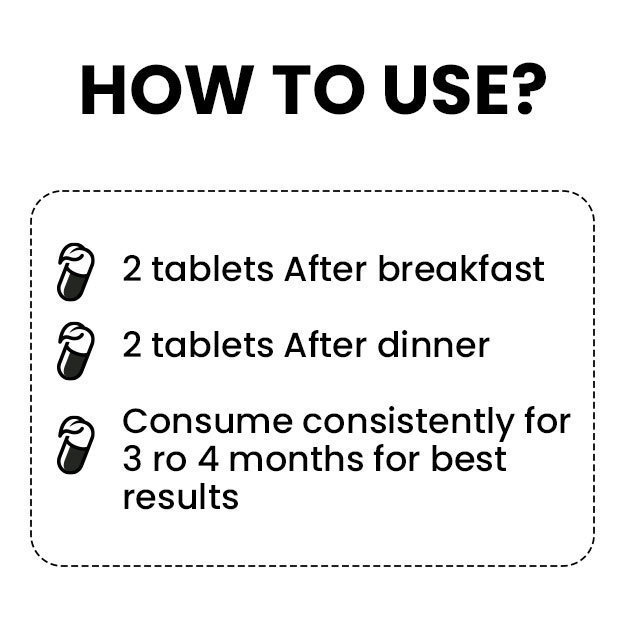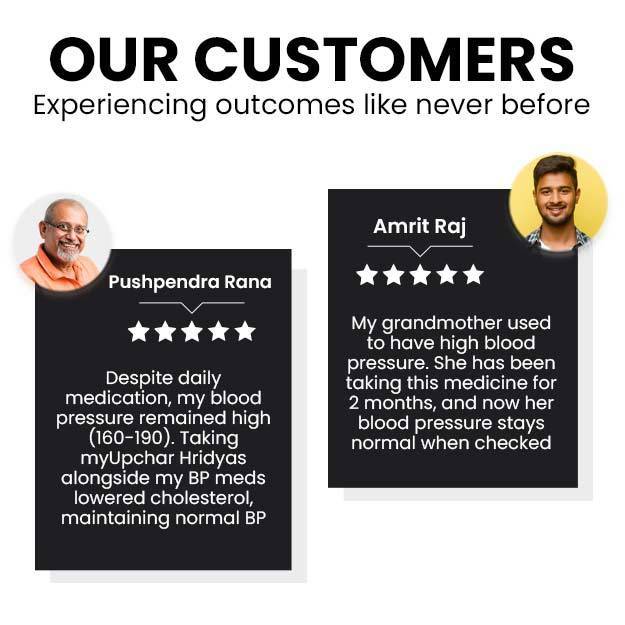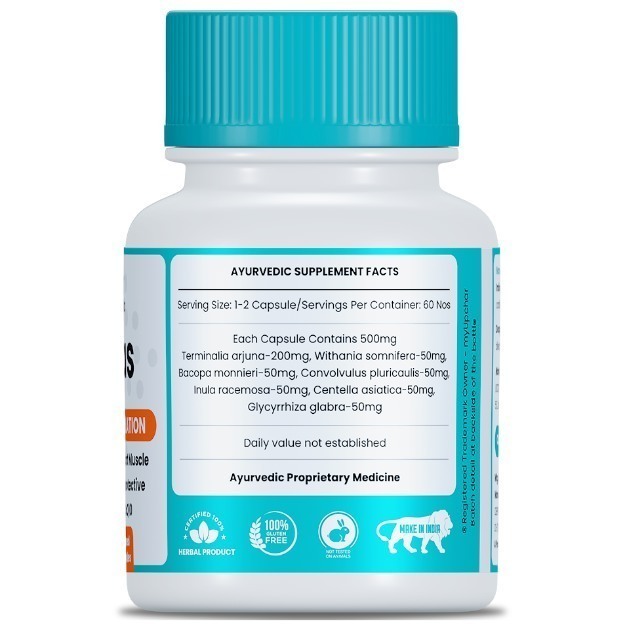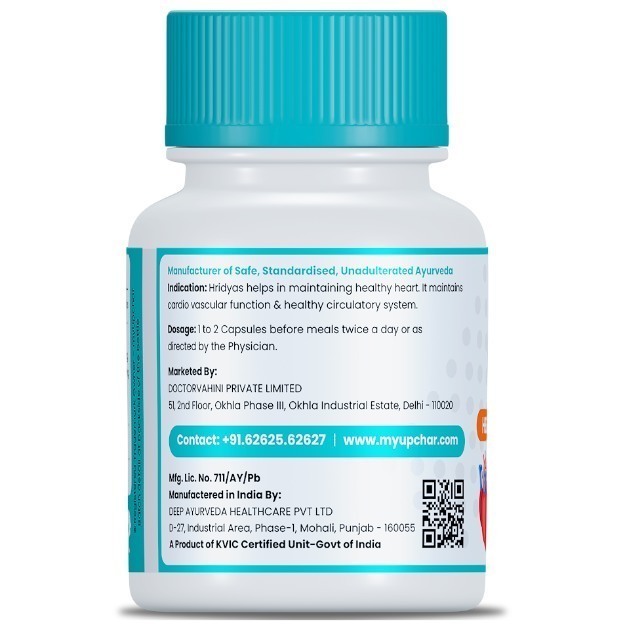Summary
Ventriculoatrial shunt placement is a surgical procedure that is done to drain excess cerebrospinal fluid (CSF) from the brain into the heart. The procedure is mainly done to treat a condition called hydrocephalus.
CSF is a clear fluid produced in special cavities (ventricles) within the brain. It surrounds the brain, supplying nutrients and removing waste to and from brain tissues. Hydrocephalus is a condition in which excess CSF accumulates in the brain, leading to impaired thinking, movement, and other body functions.
During ventriculoatrial shunt placement, one end of a shunt (a tube) is inserted into the ventricle of the brain, while the other is moved through a blood vessel in the neck to the right upper chamber of the heart. The shunt contains a valve that opens when the amount of CSF in the brain crosses a predetermined level. The surgery lasts for about one hour; however, you will be required to stay at the hospital for about two to three days. Your surgeon will suggest you to rest for at least two to three weeks after surgery before resuming work.
- What is a ventriculoatrial shunt placement?
- Why is ventriculoatrial shunt placement recommended?
- Who can and cannot get a ventriculoatrial shunt placement?
- What preparations are needed before ventriculoatrial shunt placement?
- How is ventriculoatrial shunt placement done?
- How to care for yourself after ventriculoatrial shunt placement?
- What are the possible complications/risks of ventriculoatrial shunt placement?
- When to follow up with your doctor after a ventriculoatrial shunt placement?
What is a ventriculoatrial shunt placement?
Ventriculoatrial shunt placement is a surgical draining of the extra cerebrospinal fluid (CSF) from the brain into the right upper chamber (atrium) of the heart.
This surgery is one of the methods to treat hydrocephalus, a condition that results in a build-up of excess CSF within the brain.
CSF is a clear fluid produced in special cavities in the brain called ventricles. The fluid is in constant circulation through special channels that connect the ventricles of the brain. It eventually surrounds the whole brain and protects it by acting as a cushion against injury. CSF also acts as a system for supplying nutrients and removing waste from the brain. It is absorbed into the bloodstream through blood vessels located on the surface of the brain. However, disproportion between the production and absorption of CSF leads to a condition called hydrocephalus. Hydrocephalus results in the enlargement of ventricles, thereby increasing the pressure on the brain tissue and within the skull. The condition may be caused by conditions such as spina bifida (a birth defect), infection, brain injury or tumour. It can affect individuals of all age groups, including infants, children, adults, and older people.
The surgery involves the insertion of a tube into a ventricle of the brain. This tube is then passed in the vein of the neck and gently pushed towards the right atrium. The two ends are connected by a valve that controls the amount of CSF drained from the brain. This whole internal system is called a ventriculoatrial shunt. The life-span of a shunt varies from a few days to several years.
There are usually two types of valves employed in such a system: fixed pressure valve and programmable valve. Fixed pressure valves open when the level of CSF increases the pressure in the brain to a pre-set value. On the other hand, the pressure setting in a programmable valve can be adjusted using a special magnet held above the skin.
Why is ventriculoatrial shunt placement recommended?
This surgery is recommended for the treatment of hydrocephalus. The symptoms of the condition vary according to the age of the individual. Symptoms typically observed in infants include:
- Vomiting
- Irritability
- Sleepiness
- Unusually large head size
- Downward deviation of eyes
Hydrocephalus symptoms observed in children and adolescents include:
- Inability to concentrate
- Double vision/blurred vision
- Changes in personality
- Poor appetite
- Involuntary leakage of urine
Hydrocephalus symptoms in adults include:
- Headaches
- Memory loss
- Impaired cognitive skills
- Difficulty walking
- Loss of balance
Who can and cannot get a ventriculoatrial shunt placement?
The contraindications to this surgery include:
- Infection in the CSF
- Infection at the proposed site of surgery
- Cardiovascular diseases like pulmonary hypertension and congestive heart failure
- Allergies to components of the catheter system
What preparations are needed before ventriculoatrial shunt placement?
Your surgeon will ask you to visit the hospital a few days prior to the surgery for a preoperative consultation wherein you will be required to share the following details:
- Your medical history
- List of allergies, if you have any
- History of anaesthesia
- Pregnancy status
- List of medicines, including herbs, vitamins, and over-the-counter medications that you take
You will need to undergo some tests to confirm your diagnosis and ensure that you are an eligible candidate for the surgery. These include:
- Physical examination
- Blood tests
- Imaging tests to look at the ventricle and evaluate the CSF flow
- Magnetic resonance imaging (MRI)
- Computed tomography (CT) scan
- Lumbar puncture (a procedure to withdraw CSF from the lower back)
- Isotope cisternography (a test to monitor the absorption of CSF)
- Intracranial pressure monitoring (monitors abnormal pressure in the brain)
In addition, the surgeon will give you the following instructions to prepare for the surgery:
- You will need to discontinue warfarin, ibuprofen, aspirin, or other blood-thinning medications a few days before the surgery. The surgeon will inform you about the medicines that you can take till the day of the surgery.
- Take a shower and remove all the make-up, body piercings, and nail polish before you arrive at the hospital on the scheduled day of the surgery.
- Fast from midnight prior to the surgery. Fasting is recommended to prevent vomiting (risk of general anaesthesia) during the surgery.
- If you are regular smoker, the surgeon will ask you to stop smoking.
- Inform the surgeon if you have flu, cold, or fever in the days leading to the surgery. In such a case, your surgery may be postponed.
- Arrange for a friend, family member, or responsible adult to drive you home after the surgery.
- You will have to sign an approval form if you agree to the procedure.
How is ventriculoatrial shunt placement done?
After you arrive at the hospital, the hospital staff will provide you with a hospital gown. They will also insert an intravenous (IV) line in your hand or arm to supply essential medicines and fluids during the surgery. Additionally, you will be asked to wear special stockings that will help minimise the risk of blood clot formation during the surgery. The surgery involves the following steps:
- An anesthesiologist will administer general anaesthesia (a sleep-inducing medicine) to you either through the IV route or a mask.
- A breathing tube will be gently passed into your trachea (part of the airway that connects the throat to the lungs) through your throat to help you breathe during the surgery.
- Someone from the surgical team will remove a patch of your hair from the side of your head that is to be operated.
- The surgeon will make a small U-shaped incision (cut) behind your ear, and drill a small hole in your skull. He/she will make another cut on the side of your neck.
- Next, the surgeon will insert one end of a thin tube (shunt) through the hole into the ventricle of your brain and confirm CSF drainage through the shunt.
- After this, the surgeon will pass the other end of the shunt into the first cut (behind your ear) and push it gently under your skin towards the second cut (on the side of your neck).
- He/she will insert the shunt into the blood vessel of your neck and gently push it into the right upper chamber of your heart.
- Then, the surgeon will close the cuts and cover them with dressings.
The surgery lasts for about 60 minutes. You will likely have to stay in the hospital for another two to three days after; however, this duration may vary depending on your general health, the reaction of the body towards the shunt, and your speed of recovery. You can expect the following during your hospital stay:
- You will feel restless, tired, and groggy, have a sore throat and dry mouth when you regain consciousness post-surgery. These are side effects of general anaesthesia that usually fade within a few hours.
- Your blood pressure, pulse, and the operated site will be regularly monitored and you will be breathing through an oxygen mask.
- The IV line would still be in your arm to administer fluids and medicines.
- Painkillers will be given to you at regular intervals.
- You will feel a bump on the skin behind your ear from the presence of the shunt valve. This becomes less visible once hair regrow in the area.
- The hospital staff will encourage you to get out of the bed and slowly move around.
How to care for yourself after ventriculoatrial shunt placement?
Once you reach home, you will need to take care of yourself in the following manner:
- You may experience some headaches after surgery as your body adjusts to the placement of the shunt and the resulting change in pressure within your brain. Your surgeon will prescribe medicine to provide relief from the pain.
- Keep the surgical wound clean and dry.
- Since contact sports such as boxing and football carry a risk of head injury, try to avoid these activities or consult your doctor before indulging in these. Other activities such as swimming and scuba diving should be performed with caution and under supervision.
- Do not drive for at least six months after the surgery.
- Wait for at least two to three weeks post-surgery to resume air travelling.
- You should rest for at least two to four weeks before returning to work.
When to see the doctor?
Contact the surgeon if you experience the following symptoms after the surgery:
- Fever
- Rash
- Clear, yellow, or brownish leakage from the cuts
- Pain, redness, or swelling around the operated area
- Headache that persists even after taking prescribed medicines
When to follow up with your doctor after a ventriculoatrial shunt placement?
You will need to visit the hospital seven to 10 days after the surgery to get the stitches removed. The follow-up schedule will also include appointments for periodic imaging tests to ensure the absence of any shunt-related problems inside your brain.
Disclaimer: The above information is provided purely from an educational point of view and is in no way a substitute for medical advice by a qualified doctor.
Surgery Cost In Your City
Doctors for Ventriculoatrial Shunt Placement
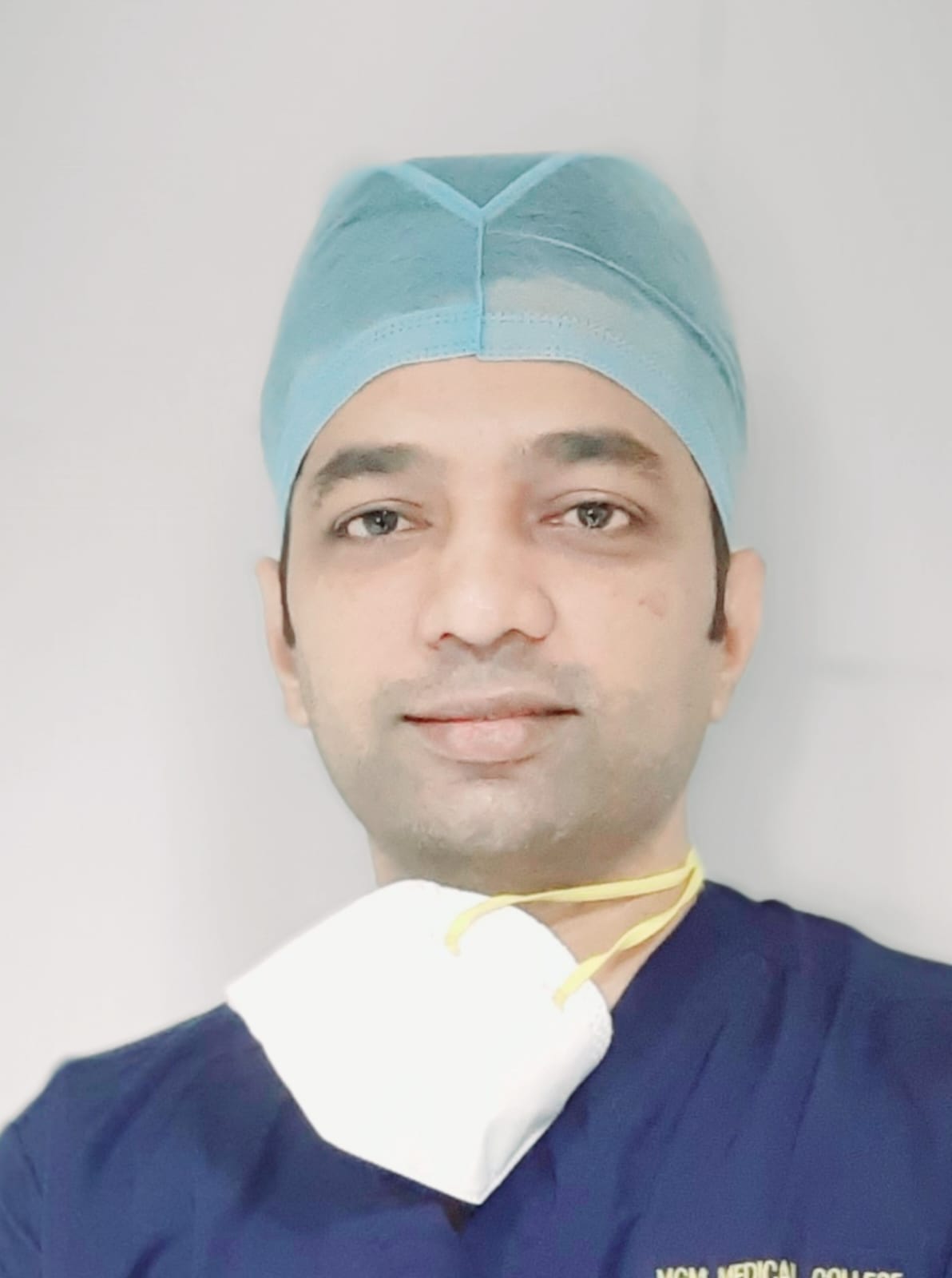
Dr. Dikpal Jadhav
Neurosurgery
11 Years of Experience

Dr. Amitava Ray
Neurosurgery
22 Years of Experience
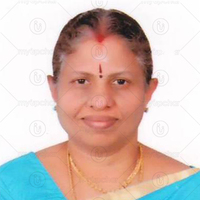
Dr. Srikala Prasad T
Neurosurgery
16 Years of Experience

Dr. Shankar Ganesh C V
Neurosurgery
10 Years of Experience
References
- The Leeds Teaching Hospitals [Internet]. NHS Foundation Trust. National Health Service. UK; Hydrocephalous and shunts
- Cleveland Clinic [Internet]. Ohio. US; Cerebrospinal Fluid (CSF) Leak
- Hydrocephalus Association [Internet]. California. US; Brain 101: The Ventricles and CSF Flow
- American Association of Neurological Surgeons [Internet]. Illinois. US; Hydrocephalus
- Oxford University Hospitals [internet]: NHS Foundation Trust. National Health Service. U.K.; Insertion of a ventriculo-peritoneal or ventriculo-atrial shunt
- Hernandez A, Sherwood ER. Anesthesiology principles, pain management, and conscious sedation. In: Townsend CM Jr, Beauchamp RD, Evers BM, Mattox KL, eds. Sabiston Textbook of Surgery. 20th ed. Philadelphia, PA: Elsevier; 2017:chap 14
- National Health Service [Internet]. UK; Having an operation (surgery)
- University of Rochester Medical Center [Internet]. University of Rochester. New York. US; Tracheoesophageal Fistula and Esophageal Atresia

